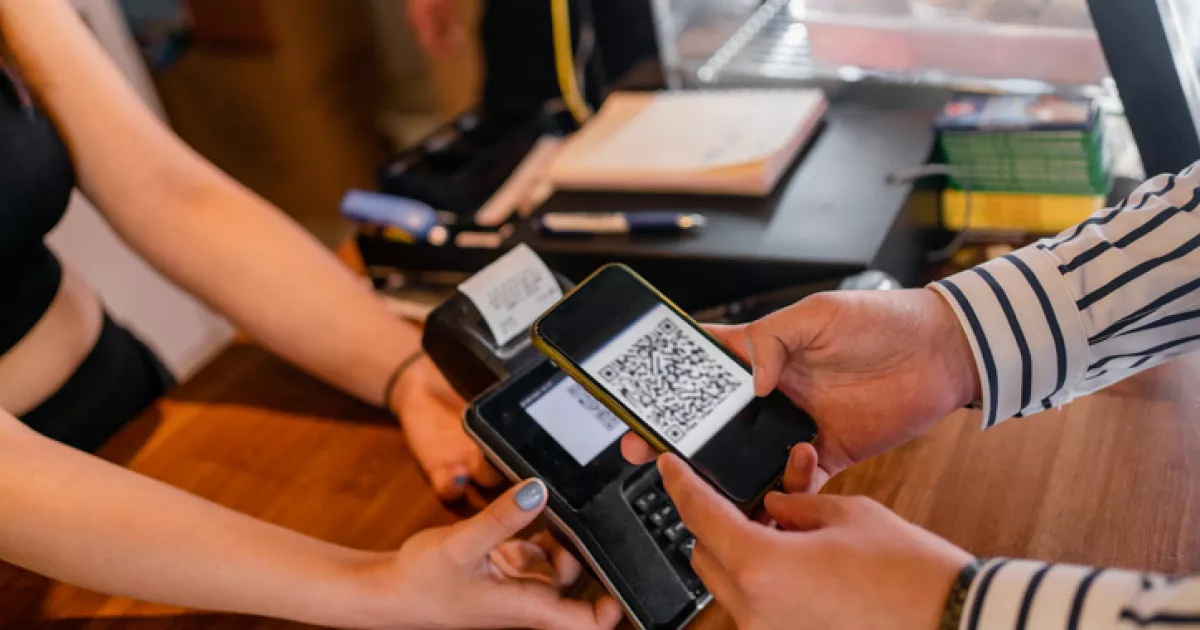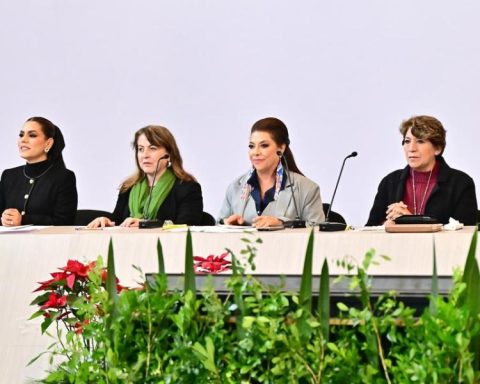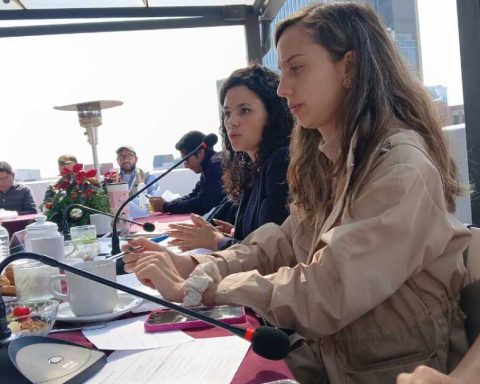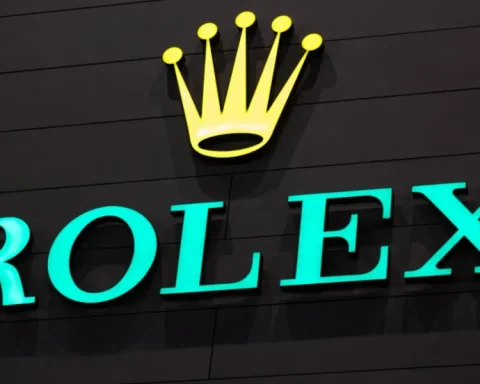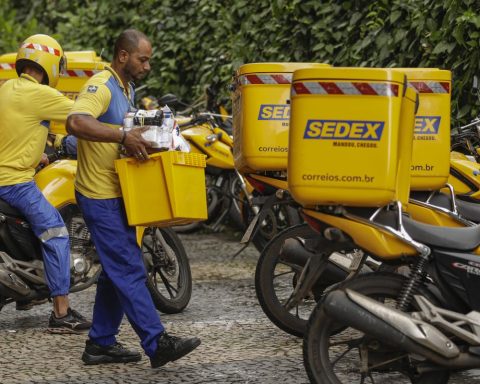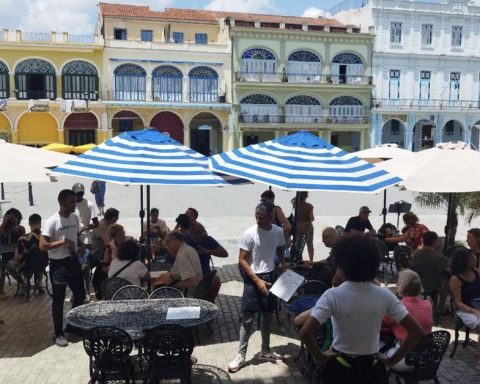But, according to experts, for CoDi to continue growing in Mexico, it has to offer users additional value to what it already does and it must be widespread.
In addition, it must be guaranteed that the QR components have a standard that allows other players to easily connect and massify it.
“If you compare the standard of the code or what the QR code of Mercado Pago means versus that of CoDi, they are different. In places like Asia or Brazil it is unified, it is a single key that follows the same rules and that allows generalization, so there is also a market condition that approval must have,” said Daniel Hernández, BPC’s Business Development Director and Country Manager in Mexico, in an interview.
A use case for compatible codes is what happens in Argentina, where the use of QR payments has also become widespread thanks to players like Mercado Pago.
Recently, the Bitso cryptocurrency platform implemented QR code payment in its app for customers to pay with cryptocurrencies quickly.
Daniel Hernández considers that for the use of payments with QR -not only CoDi- to become widespread, it has to enter places such as public transport or restaurants.
In addition, another auditing myth must be broken, since in Mexico there are 56% of people working informally, according to Inegi.
